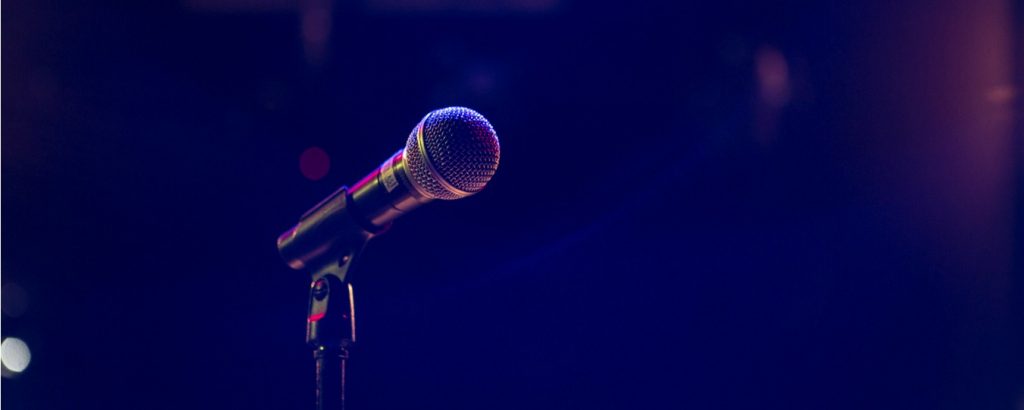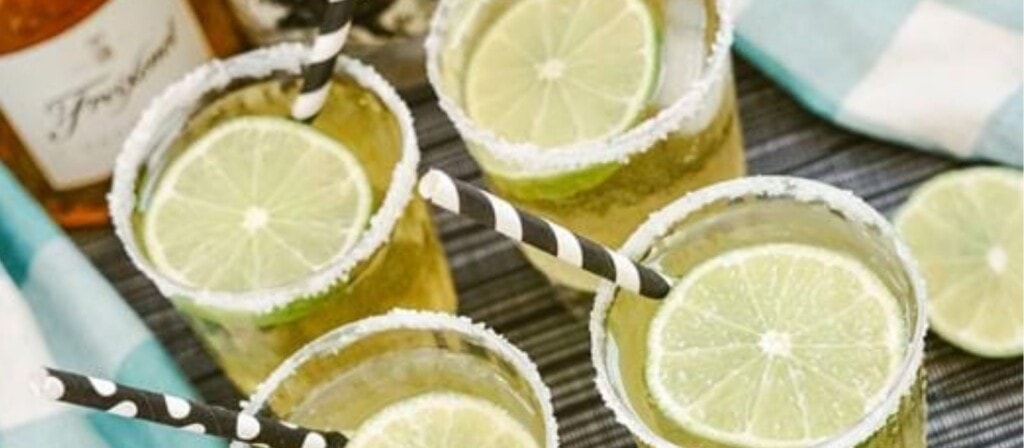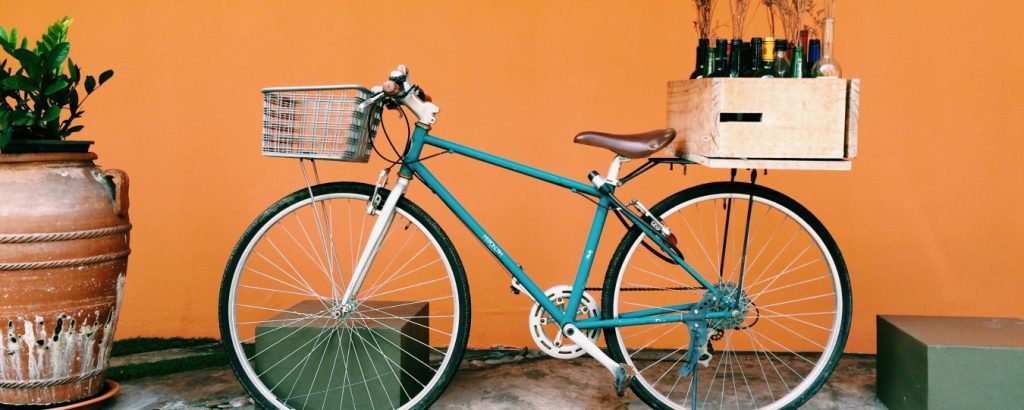Disclosure of Material Connection: Some of the links in the post above are "affiliate links." This means if you click on the link and purchase the item, I will receive an affiliate commission. Regardless, I only recommend products or services I use personally and believe will add value to my readers. I am disclosing this in accordance with the Federal Trade Commission's 16 CFR, Part 255: "Guides Concerning the Use of Endorsements and Testimonials in Advertising."
Whether your a sweet wine drinker, a red drinker or a “I don’t care just put it in my glass” drinker, chances are you have come across wine flights as an option on a menu at some point in time. Wine flights are a growing trend in restaurants, wine bars and wineries across the country so it is important to understand what a flight of wine is and the etiquette you should know if you order one. In this blog post, we are going to cover everything you need to know about wine flights so you can swirl, sniff and taste your way through your next wine flight like a pro. Check out all you need to know with our Wine flight 101 information below!
What is a Flight of Wine?
Simply put, a flight of wine is a selection of about 3-5 wines you can order to sample for the purpose of comparing them against each other. The term flight means “group of similar items”. In this case, wine! Depending on the venue you order your flight in, sometimes they have a predetermined selection for you to try but many places allow you to make the selections for your flight yourself.
Why Order a Flight of Wine?
- Comparing wines helps grow your palate and knowledge of wine.
- You are more likely to try new things than if you select a glass of wine on its own.
- It is cost effective when comparing it against ordering glasses individually.
- It is a fun conversation driver for groups of friends.
- It’s just plain fun!
Types of Wine Flights
There are four basic types of wine flights.
- Horizontal- In a horizontal tasting the wines are chosen from the same vintage.
- Vertical- In a vertical tasting, the wines are from the same type of grape and vineyard, but are from different vintages.
- Blind Tasting- Traditionally, a blind tasting flight would consist of the same type of wine but come from varying parts of the world.
- Double Blind Tasting- The bottles are completely hidden and the flight consists of different wine varietals and vintages.
Those are the four basic types of wine flights, but the most common one is actually an unrecognized fifth. Winery tastings are probably the most common type of “flights” ordered and they really don’t fit into any of the categories mentioned above. They usually serve the wines that are available at that time, which are often varying varietals and vintages. Your server should be available to help you through recommended tasting order.
How Wine Flights Are Served
When you order a wine flight, the first step is selecting your wine or if the flight is predetermined then selecting your flight. Once you have ordered, the server will usually bring you all of the selected wines at once on a specially designed flight tray. I love these kinds of flights because you can sit down and have a conversation with your friends and talk about how good (or bad!) the wine is in private.
Sometimes, the flight is done standing at the bar while your server pours you one glass at a time. This option is beneficial if you want to talk in detail about how the wine was made. If you are planning an outing with friends, it may be a good idea to call the venue ahead of time and find out if you will need to taste at the bar or if you can carry your flight to a table.
So now that we covered what a wine flight is, let’s talk about etiquette.
Wine Flight Etiquette
Order of Tasting
Order of tasting is extremely important. Usually, your server will be able to guide you through the recommended tasting order. If this service isn’t available, a good rule of thumb to remember is “dry before sweet, white before red”. From there, you want to start with the most delicate wine first, and finish with the most full bodied. Pinot Grigio, for example, is usually dry and delicate. It would be best to try that before an Oaked Chardonnay where the finish is going to be bold and linger quite a bit and a California Cabernet Sauvignon would probably be the last wine you would want to try for reds.
Always finish with dessert wines, last.
Taking Notes
Sometimes you will be given a paper with details of the wine flight and an area for tasting notes. Use it! Pay attention to the 5 s’s of tasting:
- See – observe the color of the wine
- Swirl -observe how the wine moves in the glass and the “legs” that it leaves on the glass
- Sniff -smell the bouquet and note any specific aroma’s you pick up on
- Sip- take a small sip first, take notes how it feels with it first hits your palate
- Savor- swish it around and swallow, paying attention to the finish and how long it lingers
Be sure to rate the wines discreetly so you do not offend the sommelier or wine maker. Also remember to take notes about any bottles you plan to take home!
Tasting Crackers
It’s common for wine flights to be served with tasting crackers or bread to help neutralize the palate in between glasses. You guys, this isn’t lunch time. One cracker or two in between each glass is all you need. Cracker dishes are often shared at tables, so use common sense and only take what you need to cleanse your palate.
Tasting Pairings
Sometimes, wine flights will come with cheese, meats or chocolates. In this case, alternate tasting the wine with the food item. This is a rare find and an exceptional way to learn all about food wine pairing. So if you see this option on a menu, get it!
Water
It is perfectly acceptable to ask for a glass of water along with your tasting. Some people find it more effective than tasting crackers at resetting the palate, and it is so important to stay hydrated while drinking.
Expectorating (aka spitting)
We’ve all seen those scenes on TV. Where the arrogant wine snob swishes and spits wine as if they are disgusted by the flavor. But, expectorating isn’t done because of the taste or quality of the wine. It’s to help you monitor your consumption easier. If you are tasting just a few wines and are having a girls night out, chances are you won’t be faced with the decision on whether or not to spit. But if you are visiting Napa and have 10 wineries on your “must-see” list in one day, swishing and spitting is probably a good idea so you remember the trip.
So how do you do it politely and discreetly? First off, don’t be afraid to ask your server for assistance. Sometimes buckets used for expectorating aren’t out in the open and you will need to ask. The containers used for spitting are always discrete and solid color. Simply take a taste of the wine, swish it around a bit and discreetly dispose of the wine into the designated container.
Personally, when I am visiting a wine trail and I know I will be drinking a lot. I am purposeful in taking extremely small sips and dump out the rest. Yes, it is very sad to see perfectly good wine sloshing into a stainless steel fancified spittoon…but it’s better than drinking too much and not remembering anything you just tasted.
Taking Flight With Your New Skills
Now that you know what a tasting flight is, how to order one, what to expect and how to politely enjoy one I hope you can enjoy your next evening out in confidence. Wine flights are an excellent way to step out of your comfort zone, and try something new.







